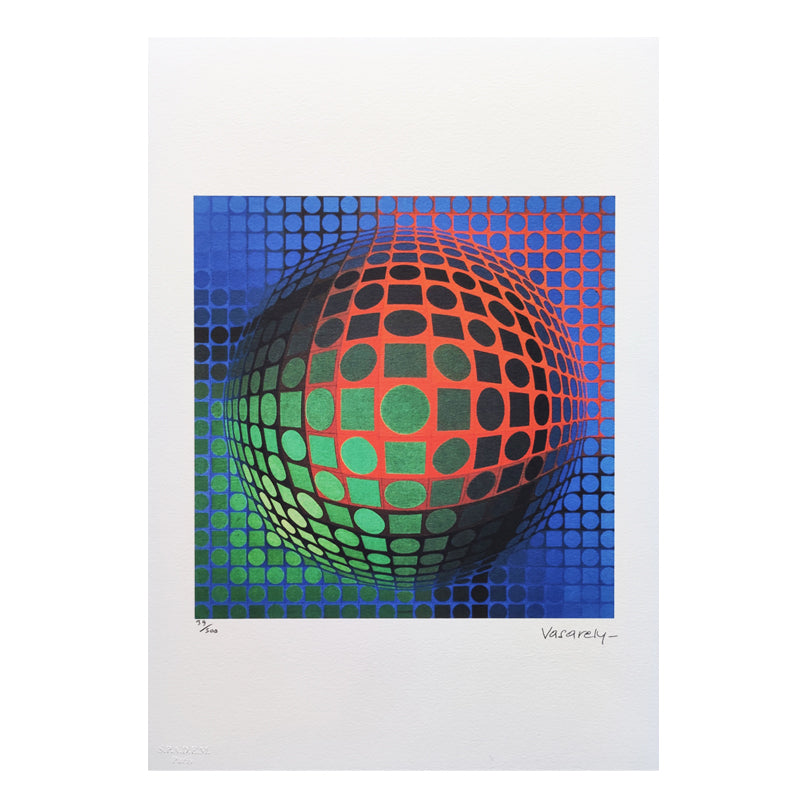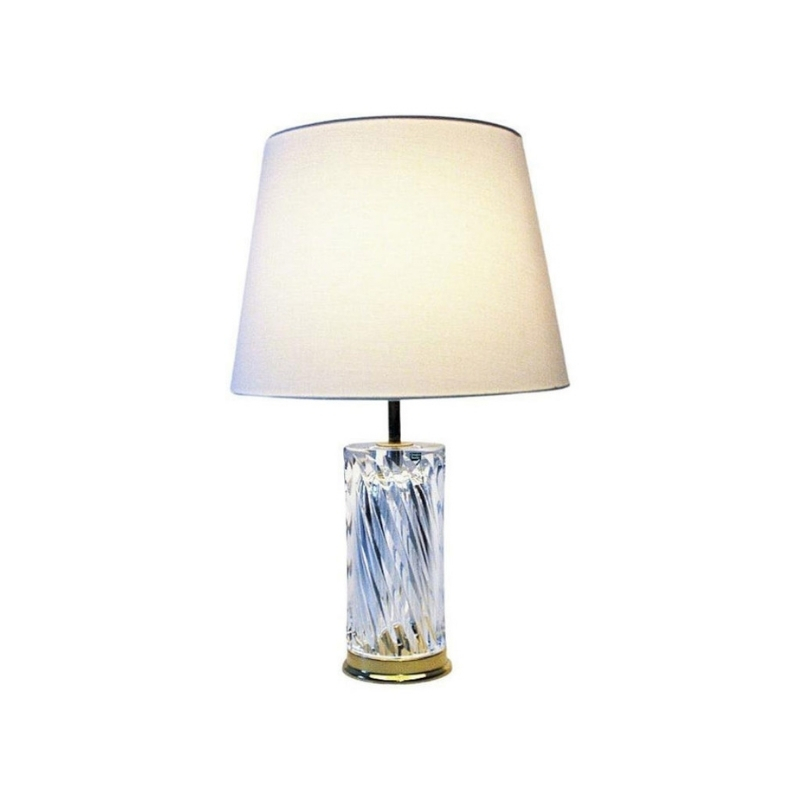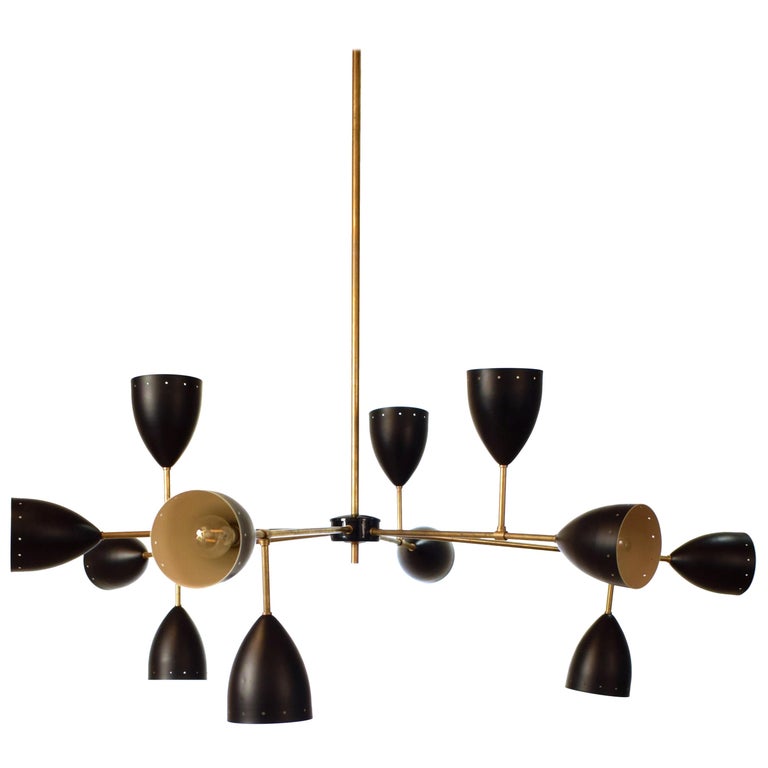thank you for your very interesting opinion.
For a while, i though that the nodule at the end of the armrest would be a signature for a designer or producer. I don't really understand the function of that nodule, as you say it might be just "overdesign".
The fact that is nearly impossible to find might suggest two possibilities:
1) lower probability: rare design but still made by a decent cabinetmaker in Denmark, probably in the early 50es.
2) higher probability: chairs produced in limited numbers copying elements of other designers, did not have success due to the peculiar shape of the backrest; late 50es till early 60es, maybe not in Denmark.
anybody else should not refrain from expressing own opinion freely on this topic, even if they are not supported by any ultimate proof. It's still fun to talk about this stuff !
Well, you did ask. And you're welcome.
To clarify, "nodule" is not a furniture term. I just couldn't come up with anything to better describe the strange little growths at the time. Get rid of those, straighten the front leg posts to vertical, either raise the stretchers or, better yet, figure out a better way to stiffen the frame and eliminate them altogether, refine the back/splat panel a little, etc., etc., etc. I see the chair as another experimental step of a process. I guess that's why it feels unfinished or "unresolved" to me.
I just read the whole thread after being absent for a couple of days and felt like the guy at the end of „The Taking of Pelham 123“ who only woke up after all the hijacking and killing had taken place. Strange discussion about a strange chair. But hey, @zephyr, always great to have you back!
"People buy a chair, and they don't really care who designed it." (Arne Jacobsen)
@herringbone nice to see you are into this discussion. I followed previously your Madsen saga and that was fun. Are you writing a book about that, or about danish design in general ?
As I might be interested in buying this "strange" chair, but I am interested about its history (as written in your motto), would you have any contact to whom to show a picture of this chair, maybe someone from the old generation ?
@andersen Haha, no, I'm not writing a book. I think posting on the internet is a better way for me to give away whatever my research brings to light. It's way easier, cheaper and probably finds more people.
Regarding your chair: It's difficult. To my knowledge there are no old Danish folks around who are experts at recognizing obscure designs. The people who were deeply involved in the business are dead now, and if you find family members, you'll be lucky if they know anything about the design of their ancestors. The Koppel family for instance seems to have no interest at all in the furniture design of Eva and Niels Koppel, which is reasonable from their point of view. The Koppels designed many great buildings, so why care about about a handful of chairs, a coffee table and a sofa which didn't realy get their careers going? And considering you had maybe 700 furniture companies in Denmark, up to 200 architects who tried their luck in furniture and maybe 1000 cabinetmakers or even more, you'll have a hard time finding the correct family if you don't have a clue where to look.
The Designmuseum probably also won't be able to help you. If the chair is not in the furniture index, they won't know. I don't even think, they'll answer mails right now because they have been closed since March for restructuring purposes.
You can try and write Peter Kjelgaard at Bruun Rasmussen though. He knows a lot. He might have been wrong a couple of times in the past, but who wasn't?
But sometimes it takes years to find an answer. And sometimes you never find one.
"People buy a chair, and they don't really care who designed it." (Arne Jacobsen)
I'd only add that Walter Matthau was great in "...Pelham 1-2-3."
You're dating yourself there @tktoo2 . I think you meant to say Denzel Washington.
@tktoo2 Yes, he was.
"People buy a chair, and they don't really care who designed it." (Arne Jacobsen)
@mark737, I meant to say Bert Lahr in The Wizard of Oz. Or was it Cary Grant and Eva Marie Saint in the dining car scene of NXNW? (OMG!)
We don't compare originals to knockoffs here for good reason (though I'd have to give a nod to the Coens for True Grit).
I hope I can get some photos from the underseat and post them... I agree it might be interesting. On a side note, there a few Hvidt chairs with a T-shaped backrest, which I did not know about. This one is from Jacob Petersen, if the attribution is correct. So maybe, the double indication of being a Hvidt chair both from @mvc and the Japanese site might (and I stress might) make some sense.

another one here for Soborg, but it might be with little meaning.
It remains true, I have to say, that some of the elements of the mystery chair are still more similar to the butterfly Koppel chair than to any of these Hvidt chairs, if this has any meaning. Did the Koppel family say a firm "no" on the ID, or did they leave room for doubt ?
If you need any help, please contact us at – info@designaddict.com










